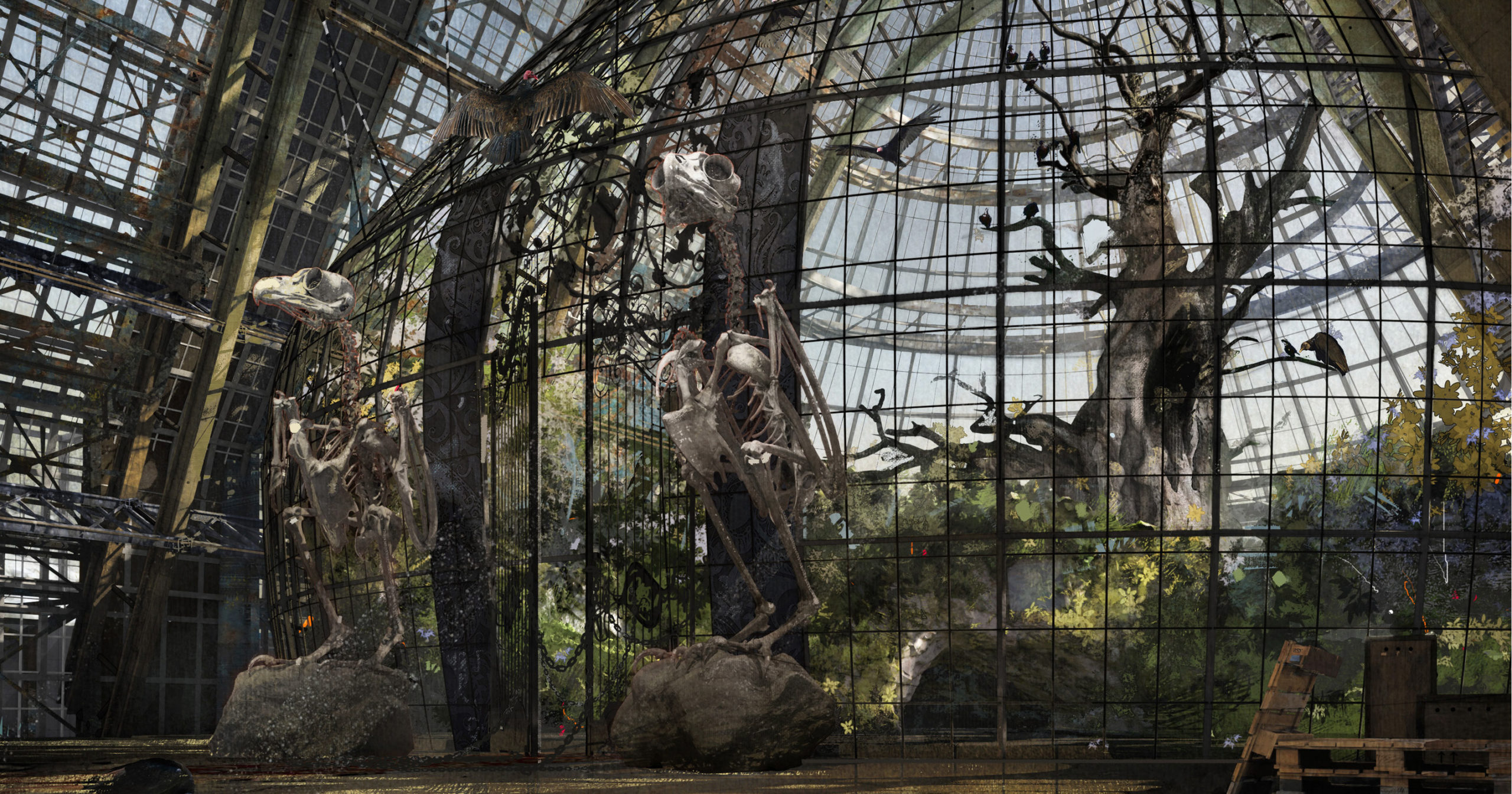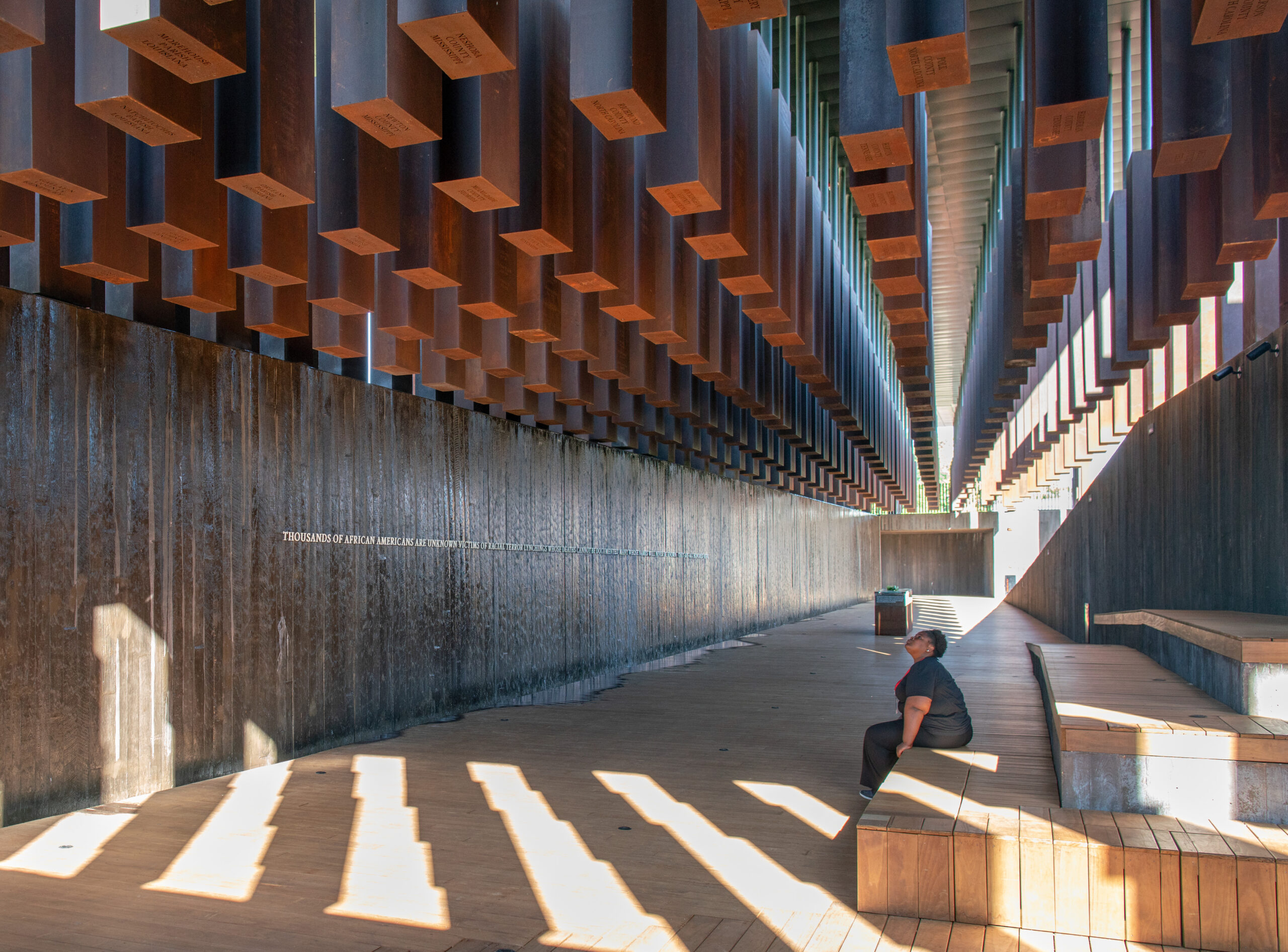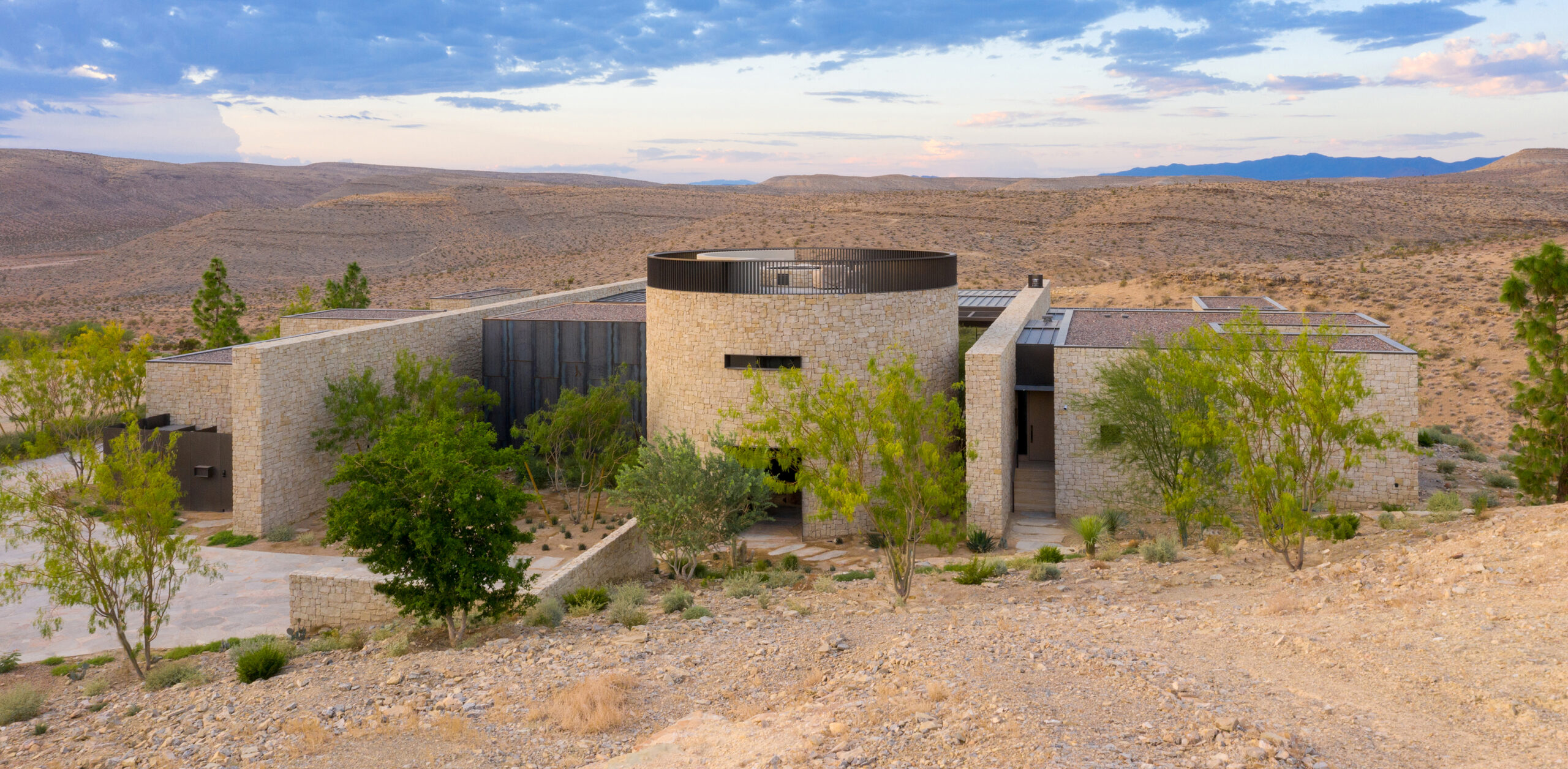The jury's votes are in — Architizer is proud to present the winners of the 2025 Vision Awards! Join the program mailing list and continue celebrating the world's best architectural representations by clicking here.
Architectural ruins have fascinated humans for centuries. While medieval Europeans overlooked the engineering marvels of their forebears, pragmatically opting to use Roman ruins as quarries in favor of aesthetic inspiration, they also recognized the decaying buildings of the former empire as proof of paganism’s decline. Yet, in later centuries, the ruins of towering aqueducts and dilapidated Christian cathedrals became important symbols and subjects for artistic representation in the Romanticism movement of the 18th century.
As the physical decay of tangible objects of human achievement, ruins make a particularly potent symbol. In the past decade, the rise of “ruins photography” has brought new considerations into the fold. Known as “ruin porn,” its detractors have argued that images capturing urban decline in the post-industrial area are a form of sensationalist exploitation (hence the reference to pornography). Yet, defenders counter-argue that ruins photography is inherently rousing; this photographic genre can serve as a call to action for endangered structures and locales by stoking powerful emotions in viewers.
Architizer’s Vision Awards celebrates architecture’s unique role as a compelling language for telling powerful visual narratives and contemplating big-picture ideas. Take, for example, the following drawings that draw on the longstanding trope of architectural ruin. Translating the theme from photograph to drawing, the resulting images offer pointed critiques of the past and future and breathtaking dives into imaginative and otherworldly spaces. Be sure to click on the images to zoom in and fully appreciate their intricate details!
“Sanctuary of Disney’s Unloved Children” by Xinze Seah, Bartlett School of Architecture (UCL)

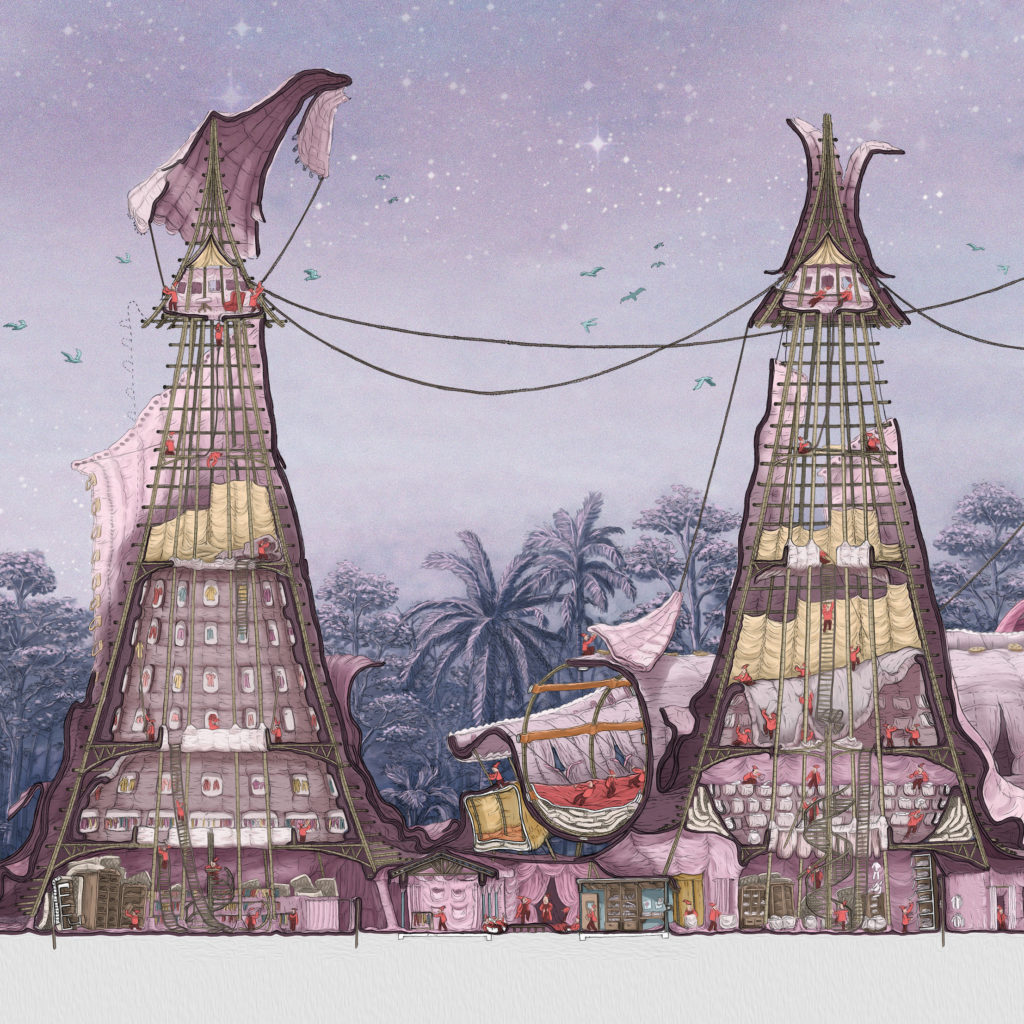
Detail
Once upon a time, in the not-so-distant past, visitors to Disney World could venture out to a private island in the middle of Orlando’s Bay Lake to experience a safari zoo of exotic birds and animals. Now a mysterious and unlabelled green splotch on most maps, Discovery Island was abandoned in 1999; the reasons behind this decision remain shrouded in uncertainty. Disney faces allegations of abuse and mistreatment of its staff and animals there.
Xinze Seah revisits the forgotten site in her drawing in order to explore the “dark side of Disney and to create a redemption for its forgotten victims.” The drawing is inspired by a specific moment in Disney’s Cinderella, where anthropomorphic characters upcycle a beautiful dress for the ritual character. With this magical transformation of trash to couture, the protagonists attempt to outshine the antagonist — in place of the usual evil stepmother is a sinister corporation, Disney.
“Concrete Atla(nti)s” by Hannah Christy Craig Findlay
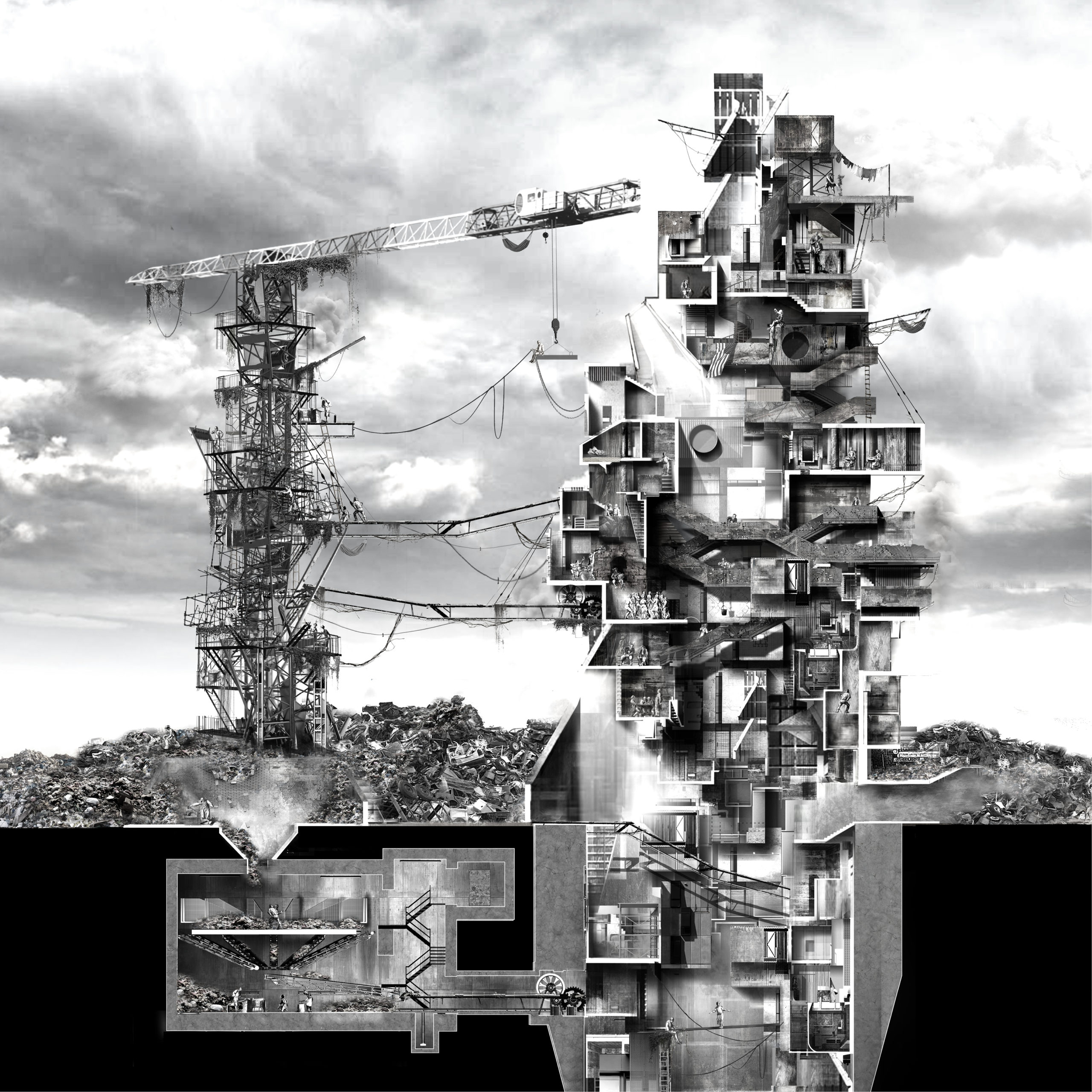
Set in one of the 72 decommissioned Atlas-F missile silos scattered across the United States, this drawing “critiques the haphazard mismanagement of reusable commodities of varying scales ranging from abandoned infrastructure to recyclable materials.” By choosing to represent the subject in section, Hannah Christy Craig Findlay explores possible activities that could be taking place deep within the forgotten structures.
The activities depicted within are meta, referencing the architectural repurposing of the silos as complex recycling and production facilities. Inside, figures from the Age of Enlightenment transform trash into building materials as they construct a new built environment that towers upwards. To a certain extent, the drawing represents human tendency to complacently maintain archaic infrastructure amidst an environment increasingly piled with waste.
“Figure of the Picturesque” by John Clayson
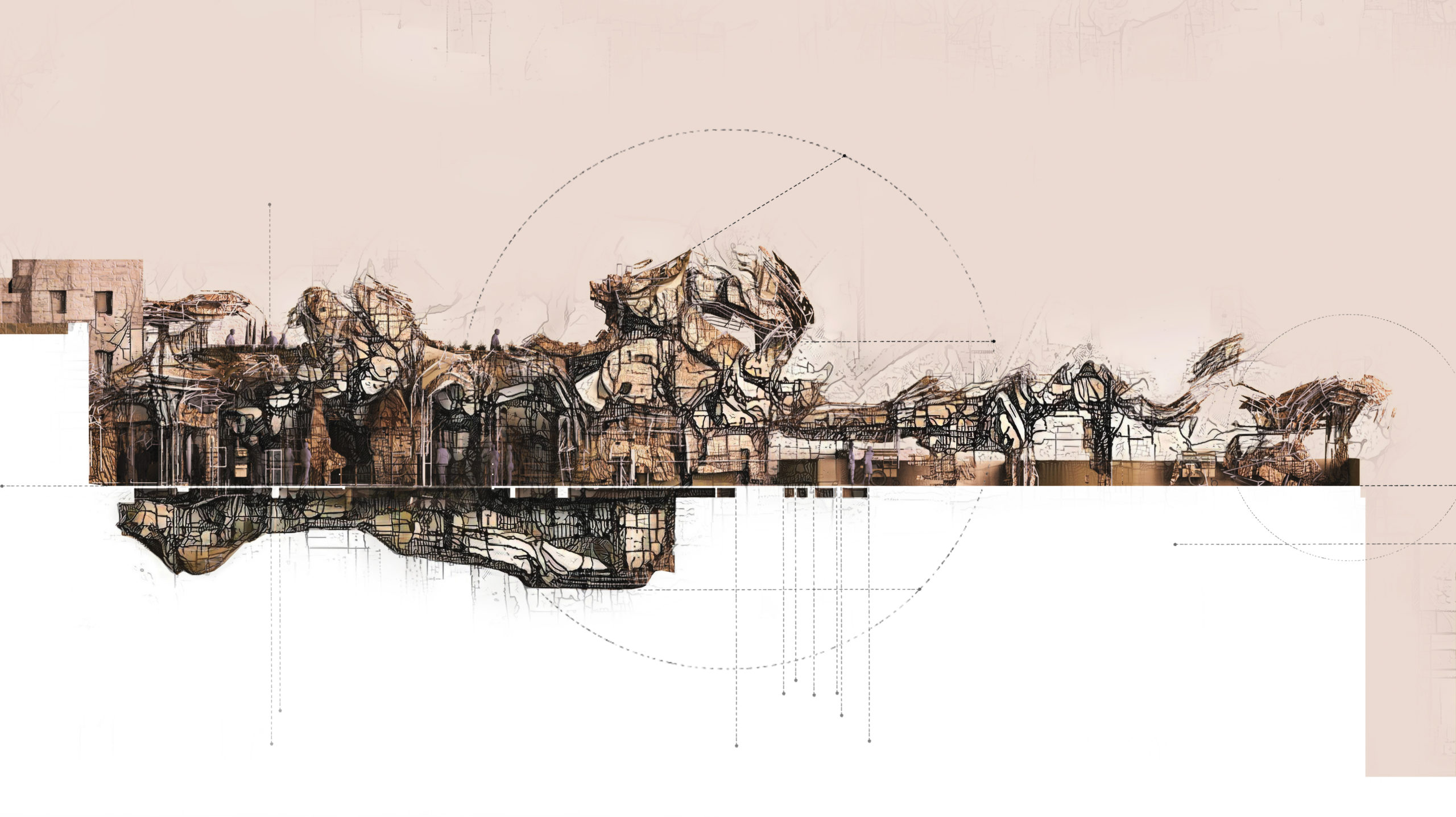
If man-made structures are often seen as ruining nature, then one of the fascinations that has long drawn humans to architectural ruins is the reversal of this dynamic: when a building enters a state of ruination, there is an undeniable beauty in the growth of vegetation throughout the structure. John Clayson’s drawing meditates on the dichotomy between the two. Through deliberate ruin, can the two be synthesised?
In this way, the image critiques the way that urban landscapes pose as nature, when really they have been manipulated and curated to appease human aesthetics. In Arabic cities this may play out differently, which is why the artist chose to set their image in Amman, Jordan, whose immersive architectural atmosphere may resist the picturesque tendencies that objectify that natural world in Western cities.
“Owls and Vultures” by Dennis Allain, Dennis Allain ADI
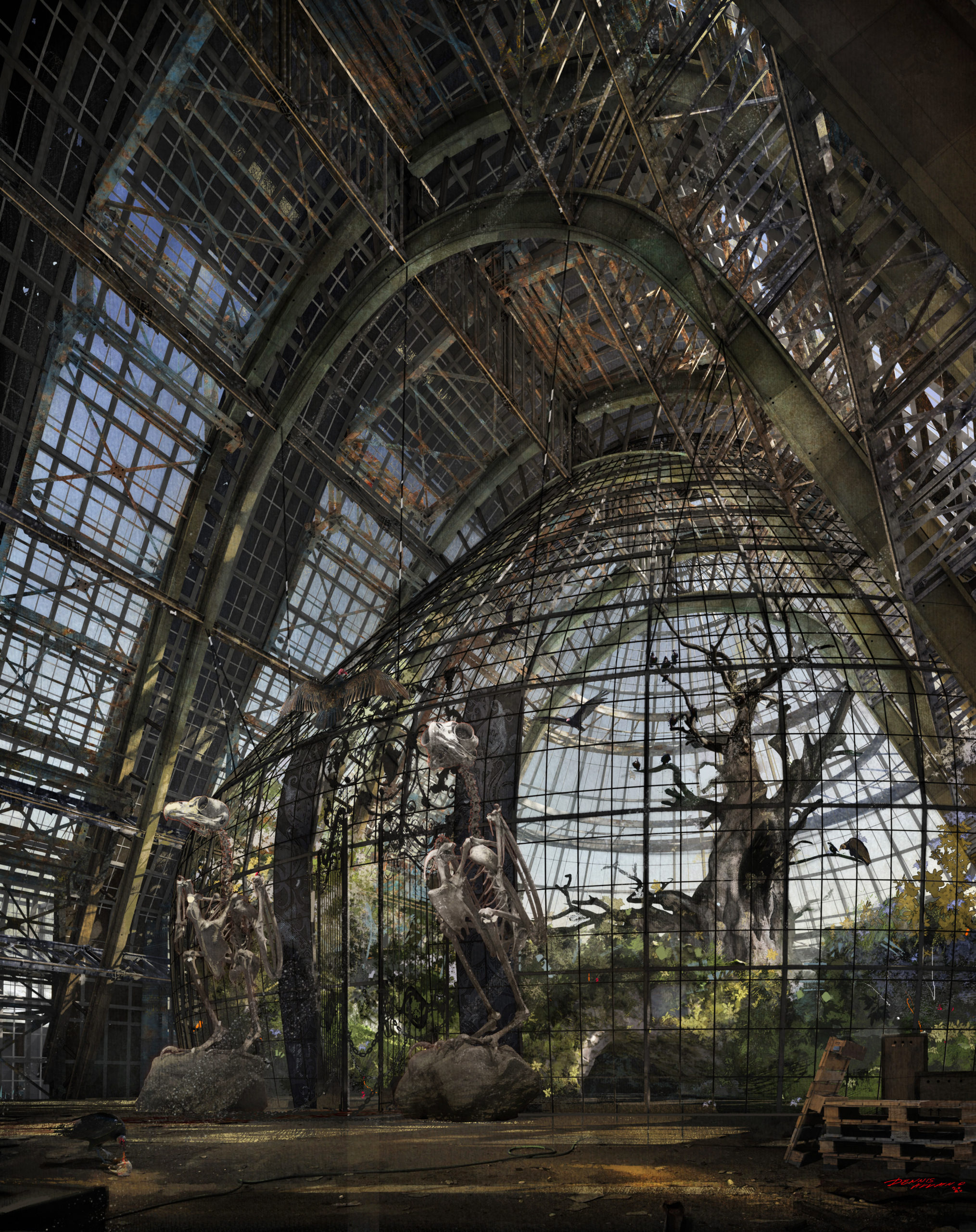
Beneath the ominous parabolic roof of an abandoned hangar, a bird aviary sits with its door ajar. Two skeletons greet would-be visitors; the sense of foreboding they convey is reinforced by the gnarled and hollow tree beyond them.
Dennis Allain invites viewers to wonder at how the door was left open, and why such a large cage was constructed in the first place? The decision to pay close attention to a high-level of detail in the construction adds weight to the mystery — the complexity and investment in such complex infrastructure aggrandizes the potential of what the space could have been.
“(Re) programmed ruin” by Paola Botía
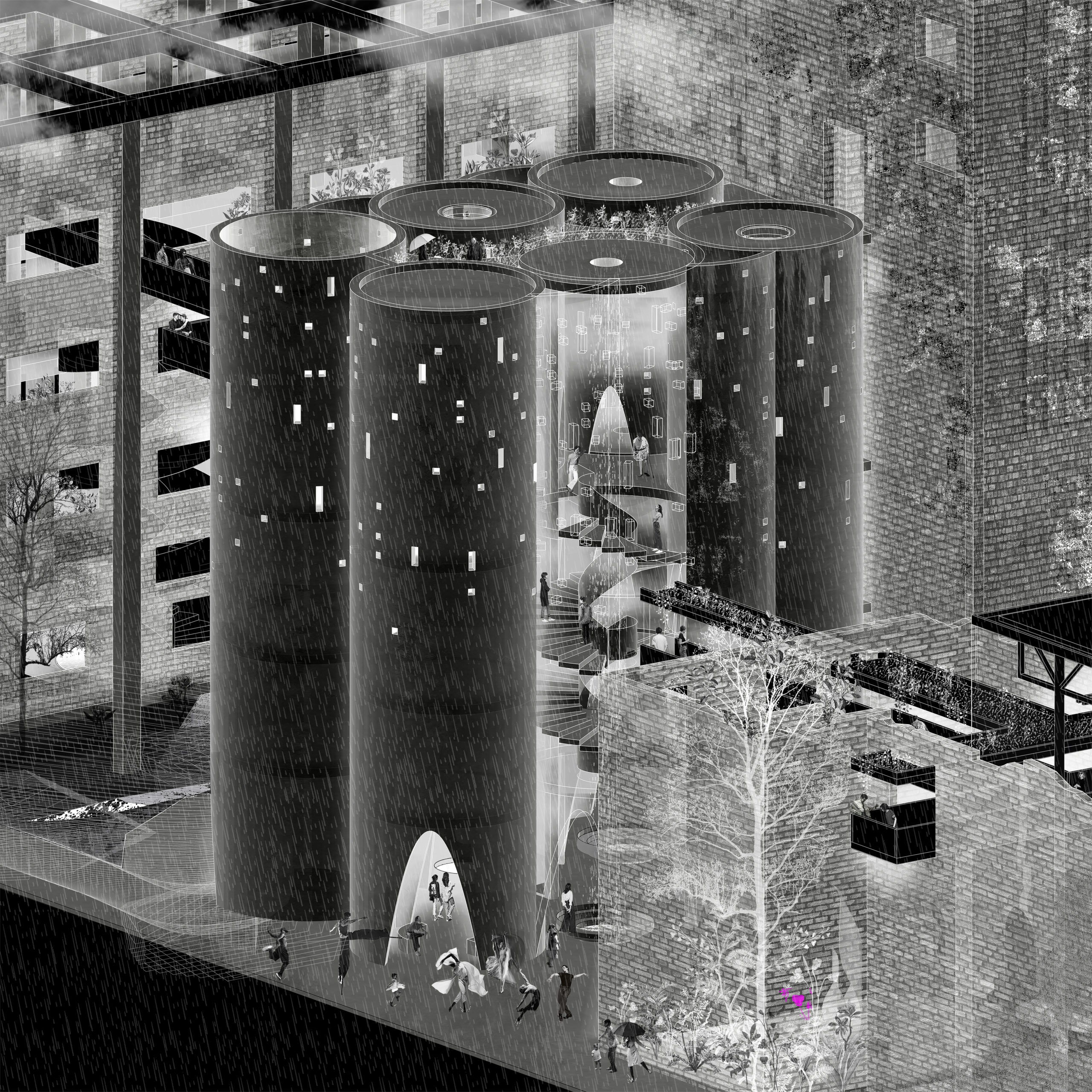
As cities grow and change, do their identities simply develop, or do they take on entirely new lives? The never-ending cycle of city change also leaves holes in the urban fabric where architecture languishes and sites decay. While these spaces remain bloated with vestiges of the past, they are somehow unmoored from the dynamics of the contemporary city.
While such abandoned sites may seem impenetrable and marginal, they may also hold secret keys to unlocking potential and successful urban renovations. In her drawing, Paola Botía demonstrates this concept by imaging how a post-industrial landscape can become a hotspot for culture and public life, thus revitalizing the neighborhood. By visualizing the ruin, she demonstrates how physical characteristics of a city can play a vital role with more nebulous or intangible concepts like culture.
The jury's votes are in — Architizer is proud to present the winners of the 2025 Vision Awards! Join the program mailing list and continue celebrating the world's best architectural representations by clicking here.
